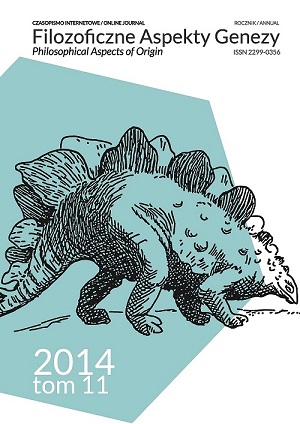Nathana Aviezera interpretacja kabały i próba konkordyzmu: o (nie)współmierności dziesięciu wymiarów przestrzennych teorii strun i dziesięciu sefirot
Nathan Aviezer’s Interpretation of Kabbalah and His Attempt at Concordism: On the (Non)parallelism of Ten Spatial Dimensions of String Theory and Ten
Author(s): Dorota BryllaSubject(s): Philosophy
Published by: Instytut Filozofii, Uniwersytet Zielonogórski
Keywords: Nathan Aviezer; Sefer Yetzirah; Sefer ha-Bahir; sefirot; Kabbalah; Isaac Luria; shevirat ha-kelim; cosmogony; spatial dimensions; string theory; concordism; science; religion
Summary/Abstract: In this paper, I argue that the suggested parallelism of string theory’s ten spatial dimensions and the ten sefirot of Kabbalah presented by Nathan Aviezer in his article “Kabbalah, Science and the Creation of the Universe” has no basis on the strength of the kabbalistic teaching. It seems that Aviezer’s idea (derived from the lurianic Kabbalah) that the three upper sefirot are the counterpart of the three usual dimensions — dimensions that are familiar to us (up-down, east-west, north-south) — and the seven lower sefirot are the counterpart of the seven spatial dimensions that — according to the string theory — became compacted in the proccess of creation, and as a result are not perceived by us, is an act of diversion of the classical kabbalistic doctrine. Kabbalah claims, namely, that the first three sefirot are transcendent, unknowable and hidden, while it is in fact the lower seven sefirot that are cognizable and “open” to human experience.
Journal: Filozoficzne Aspekty Genezy
- Issue Year: 2014
- Issue No: 11
- Page Range: 261-276
- Page Count: 16

